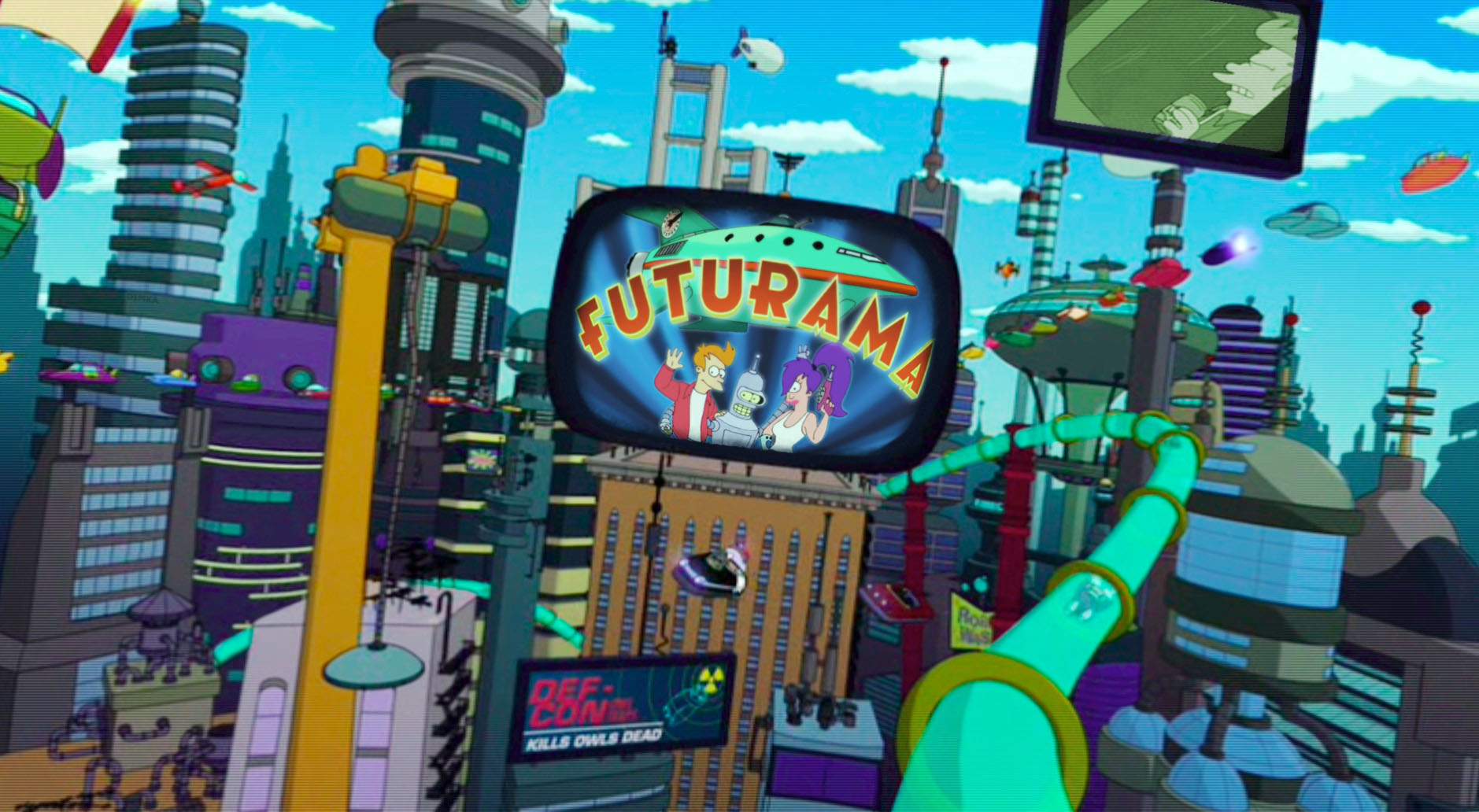In recent years, streaming services like Netflix, Disney+, Amazon Prime, Apple TV+, HBO MAX, Funimation, Crunchyroll, Hulu, and Discovery+ have drastically changed the way we consume media. Gone are the days of waiting for a new episode of your favorite TV show to air or for a movie to hit theaters. Now, entire seasons and movies are available at the click of a button, allowing for the rise of the “binge-watch” culture.
This convenience and flexibility of streaming has led to a significant shift in the film and TV industry. Traditional cable and network television are struggling to keep up with the competition, as more and more people opt for streaming services. In fact, a recent study found that streaming now accounts for over 80% of internet traffic in the US during peak hours. It is also important to note the streaming companies as well as legacy studios running their own streaming services like NBC Peacock are investing in a lot of original or adaptation content rather than just spending on licensing content. Due to this breakout movies and series have gotten successful such as Stranger Things, To All The Boys I’ve Loved Before, and Edgerunners.
However, this increase in content availability is not without its drawbacks. One major concern is the erosion of quality in some content, particularly in the case of Marvel by Disney. The success of the Marvel Cinematic Universe, culminating in the record-breaking film Endgame, may have been the peak for the franchise. Some critics argue that the focus on quantity over quality is diluting the impact of the brand.
Another issue is the rising competition for international audiences. The dominance of Western media is being challenged by the increasing popularity and acclaim of content from Asia, particularly from South Korea and Japan. This has led to a contentious debate over whether promoting diverse and inclusive values should take priority over traditional entertainment value.
Though streaming is alive and well still, especially helped by the sad COVID pandemic as well as people feeling safer watching content at home and eventually watching content together with other subscribers with Shareplay-like features, Movie theatres still have a certain love and charm to the whole experience. With the overpriced popcorn buckets and drinks, and the large theatres decked out with the best IMAX and sound screens, it is still the best way to watch a special movie event. Recently this has been proven by the surprise success of Avatar: The way of water, in which Director James Cameron is pushing the bounds of quality movie design and CGI which makes it an even better experience watching it on the big screen.
I believe there is a middle ground where both can co-exist. Though cable tv is dead due to streaming, sadly streaming might become the new cable as the content landscape is getting more and more fragmented due to the increasing number of the players in the industry. But as mergers happen this might stabilize in the future.
One thing is certain, the streaming wars are far from over and the film and TV industry will continue to evolve in response to the changing media landscape. As streaming giants like Netflix and Disney+ continue to pour billions of dollars into creating new content, it will be interesting to see how traditional players adapt and what new players will emerge. Only time will tell who will come out on top in the streaming wars.





